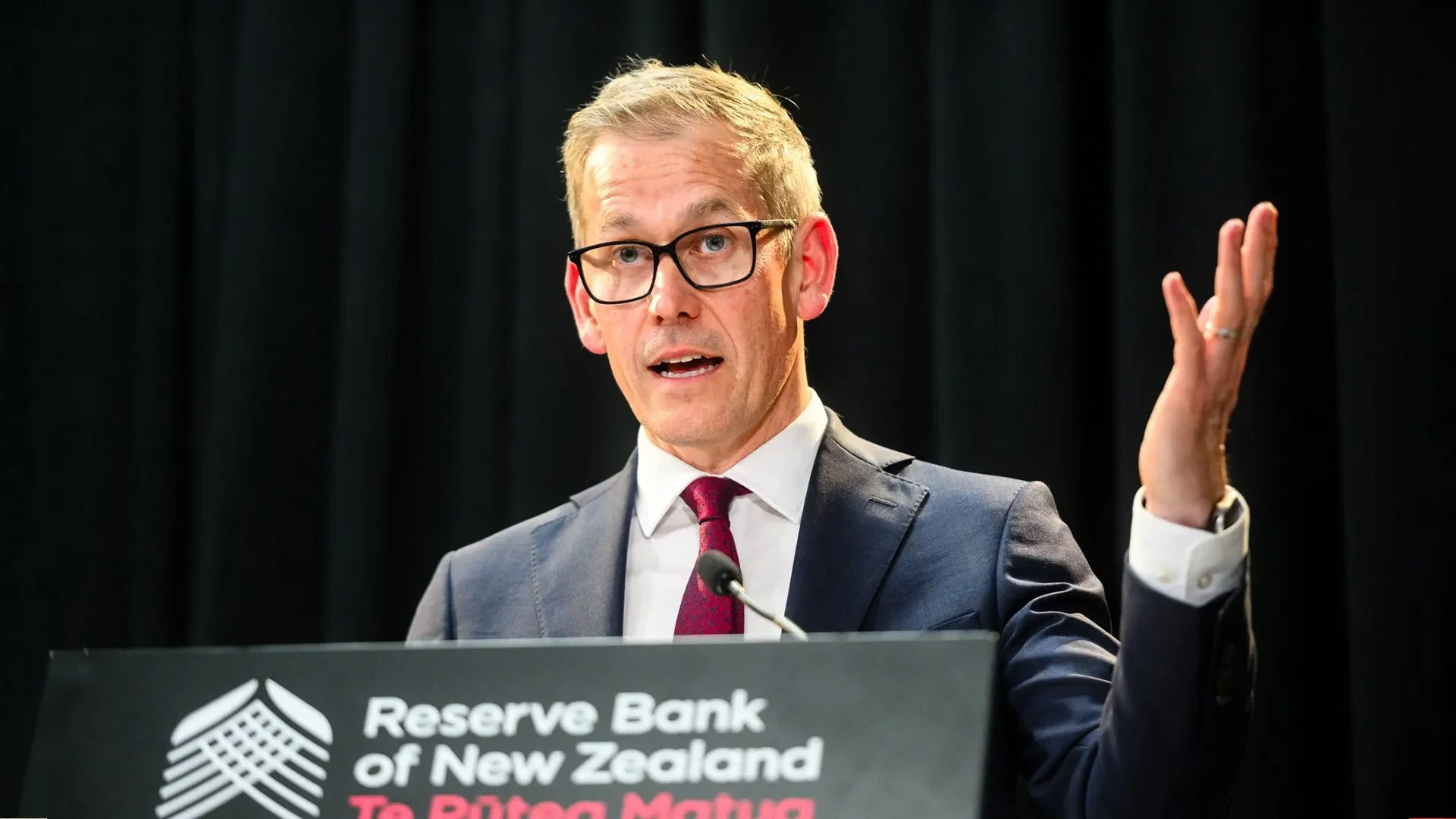RBNZ Governor Hawkesby Set to Speak: Traders Brace for Clues on Policy Direction
A High-Profile Speech with Market Implications
On September 11, 2025, Reserve Bank of New Zealand (RBNZ) Governor Christian Hawkesby will participate in a fireside chat at the Financial Services Council’s annual conference in Auckland. The event comes at a pivotal moment for the New Zealand economy, just weeks after the release of the August Monetary Policy Statement. With audience questions expected, this session could provide deeper insights into how the RBNZ views the balance between stubborn inflation, moderating growth, and its evolving policy stance.
For traders, the significance is clear: as the head of the RBNZ, Hawkesby has more influence over the New Zealand dollar (NZD) than any other policymaker. Markets are primed for volatility, knowing that even subtle signals about interest rates or economic risks can move the currency sharply.

Why Governor Hawkesby’s Remarks Carry Weight
Since taking office in March 2025, Hawkesby has faced a challenging economic environment. Inflation has remained above target for longer than expected, while labor market data shows early signs of softening. At the same time, global growth concerns and currency swings add external pressures.
The fireside chat format makes this event especially important. Unlike a carefully prepared statement, Hawkesby’s comments will be conversational, and audience questions may prompt candid insights. Traders know that central bankers often use these settings to test ideas, adjust expectations, or signal a shift in tone before formal policy changes.
Key Themes to Watch
Several focal points are expected to dominate the discussion and drive market interpretation:
Inflation Pressures: Inflation indicators have been mixed. If Hawkesby signals that inflation risks remain elevated, traders will lean toward a more hawkish outlook. On the other hand, acknowledgment of cooling price trends may strengthen expectations for future policy easing.
Interest Rate Outlook: Markets are closely divided on whether the RBNZ will keep rates on hold or move toward cuts later this year. Any hint about the direction of travel will be dissected instantly.
Labor Market Trends: With the unemployment rate holding steady but job growth slowing, the RBNZ’s assessment of wage-driven inflation could tilt the balance between hawkishness and dovishness.
Global Conditions: External factors — from commodity prices to shifts in U.S. Federal Reserve policy — play a significant role in shaping the RBNZ’s decisions. Any commentary on global risks will matter for NZD positioning.
Why This Event Could Move Markets
The NZD is highly sensitive to interest rate expectations, and Hawkesby’s speech could tip the scales. Traders have a simple playbook:
More hawkish than expected → NZD strength. A signal that rates will stay higher for longer, or that inflation risks are still too great, could push the kiwi higher against currencies like the USD, AUD, and JPY.
More dovish than expected → NZD weakness. If Hawkesby emphasizes cooling inflation or global risks, markets may begin pricing in earlier cuts, weighing on the currency.
The unscripted nature of fireside chats also adds to the potential for volatility. Traders will parse tone, word choice, and even offhand remarks for hints about policy direction.
Beyond the Market Headlines
While traders will focus on immediate currency moves, Hawkesby’s remarks matter for a wide audience:
For households: Central bank signals influence borrowing costs, mortgage rates, and household budgets.
For businesses: Shifts in policy expectations affect financing conditions, export competitiveness, and hiring decisions.
For global markets: The NZD plays an outsized role in commodity and risk-sensitive trades. A change in tone from the RBNZ could ripple through emerging-market currencies, global bond markets, and risk appetite worldwide.
The Bottom Line
The September 11 fireside chat with Governor Hawkesby is more than just a conference appearance — it’s a potential turning point for market expectations. With inflation still elevated, unemployment steady, and global uncertainty building, traders will be looking for any clues about the RBNZ’s next move.
At GME Academy, we emphasize that central bank communication is as influential as the policy itself. This speech is a reminder that markets don’t just trade data — they trade the expectations shaped by policymakers’ words. For traders, staying alert to Hawkesby’s tone, phrasing, and responses could make the difference between reacting late and positioning ahead of the curve.
Want to sharpen your trading strategy and learn how to anticipate central bank moves? Join our free forex workshop today.

